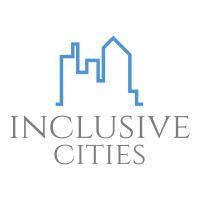What is a city?
Although it seems that the concept of a city is not overly complicated and everyone intuitively knows what it means, we would like to dive a little deeper into exploring the meaning of the word and looking at the concept from different perspectives.
Definition
Let’s start with the simple definition based on common understanding. According to Merriam-Webster Dictionary, city is “an inhabited place of greater size, population, or importance than a town or village”
First challenge here is a linguistic one. In English, there is a clear distinction between a town, a city, and a village. However, in other languages, such as Polish, German, or Italian, there is either a village or a city, and there is nothing in between. This means, that a city, doesn’t actually have to be a densely populated area with endless skyscrapers on the horizon. In Denmark, for example, the population threshold above which a settlement is considered to be a city is just 200 inhabitants, whereas in the Netherlands the same threshold is 20 000 inhabitants. At the same time in Europe, we do have huge urban centers, such as Paris or London.
If such different places can be called cities, there is a risk that the term will cease to mean anything.
“Cities are rich, full, many-faceted; reducing the city to a single, all-purpose definition seems neither possible nor even desirable”
The city is created by its residents, within the limits of the opportunities offered to them: it has a distinct identity that is more than the sum of its buildings. This distinctiveness consists of climate, architecture, culture and history.
What does this mean for us, as NGO workers and activists devoted to making cities more sustainable and inclusive? First of all, it is important to remember that city and its realities are always created by the people living it, whether they have been living there for generations or they have just arrived. Whether the city has 10 000 inhabitants or over two million, the key is to understand the power of community, because without addressing and listening to people really living in the spaces we work, we are not going to be able to achieve any changes.
In this guidebook we are going to propose different solutions and ideas that can be introduced in cities, but there are no solutions that would fit to every context. Organizations based in a small city in Estonia function in different realities, challenges, and opportunities than those based in Berlin. That is why the key is always to get to know your community and adjust all the methods and ideas to their needs (for more practical solutions on how to work closely with your beneficiaries in urban spaces, we recommend you take a look at our Community Need Assessment Tool Kit).
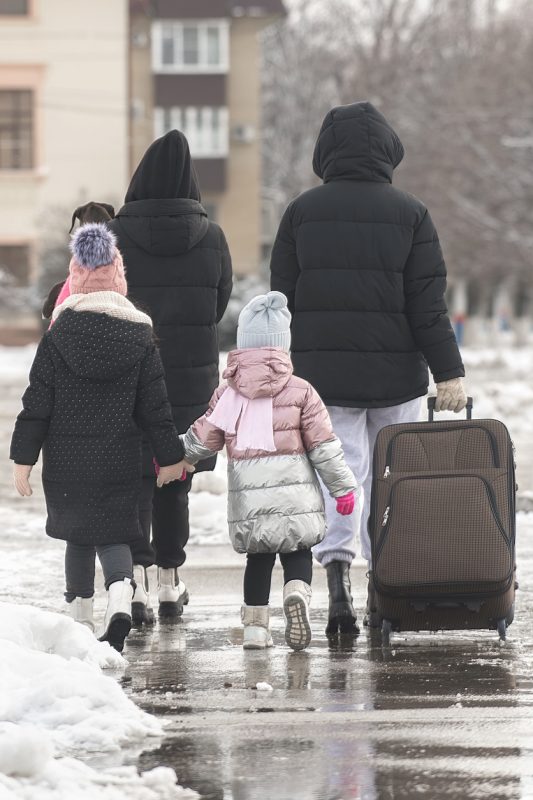
Urban challenges
Among the goals for Sustainable Development set by the UN for 2030, we highlight number 11:Make cities and human settlements inclusive, safe, resilient, and sustainable. This is one of the most complicated challenges because as time progresses, cities will get bigger, there will be more people living in them and the problems will grow in the same way. This challenge is strongly linked with migration. On the one hand, in many countries of Europe, we experience the so called “rural exodus”, which refers to the migration generally of young people from the countryside to the city starting during the 20th century, which has continued during the 21st. In some countries it caused depopulation of rural areas and unprecedented growth of the cities (for example, the so called “empty Spain” phenomenon). On the other hand, we have massive movements of populations across borders, the international migration. The economic crisis, armed conflict (such as the one in Ukraine), climate change, and other causes will without a doubt lead to more and more people (migrants and refugees) setting in different, big cities across Europe.
In result, cities do not simply grow in terms of area or population. The demographic structure changes: the communities become more diverse: ethically, culturally, and religiously. Bigger population, more diverse population leads to deepening inequalities: citizens with lower income are pushed away from the city centers. Lots of neighborhood undergo gentrification, which means that certain city parts (especially attractive locations in the center) change their character as they are being “taken over” by more economically privileged people and businesses. In result, suburbs become poorer (in some cases even “ghettoized”) and their residents suffer from worsened and limited access to quality cultural and educational offer as well as recreational spaces that are typically more often based in the center. In this sense, cities become divided, and in many cases the neighborhood people live in, determine the quality of their life.
Growing inequality and cultural diversity leads to social tensions and conflicts. People who have been living in a particular city for generations and are used to the population being more homogenous often have difficulties to adjust to the new realities. The same is true for newly arrived migrants, who are often finding it difficult to function in a new environment that is ruled by norms or ways of living they are not familiar with.
The need for solutions
Considering the above-described context, a strategy must be proposed very quickly to prevent poverty, pollution, housing, or transport from continuing to pose difficulties for people.
The process of accelerated growth of urban environments – which only the crisis and the bursting of the real estate bubble managed to stop, not in all places – has generated urban environments with notable deficiencies in matters of urban quality, social integration, and the impact that cities generate on the environment. Therefore, it is essential that cities face these challenges as their own.

Areas of focus
Differences in income, access to education, culture, and career opportunities have to be prevented from growing.
Inequality manifests itself in urban environments in a spatial segregation of the population, concentrated in urban areas that are generally isolated, poorly equipped and with low urban quality standards.
Urban spaces must be accessible for every citizen, regardless of their income level, education, or cultural background. Accessibility in a primary sense can be understood as dismantling physical barriers and adjusting the architecture to the needs of citizens with disabilities or limitations. However, we would also like to promote another, broader view on accessibility that means creating urban spaces that make people feel welcomed and encouraged to participate in the social, cultural, and economical life of their community.
The population centers must turn their gaze towards the existing city and betting on the rehabilitation of the natural areas and the recovery of the heritage. The excessive consumption of land must end.
Citizens and authorities must tend to modify daily habits related to mobility, consumption and the use of resources that generate significant environmental impacts and reduce the quality of urban life.
We must review the relationship between nature and urban spaces, recovering more balanced models, re-naturalizing spaces that help mitigate the effects of climate change. In addition, policies that are focused on reducing land use, facilitating the urban-natural transition, and incorporating green and blue infrastructures must be prioritized in urban planning.
Characteristics of a sustainable, inclusive city
In his book “The Well-tempered City: what modern science, ancient civilizations and human behavior teach us about the future of urban life”, Jonathan F.P. Rose, urban planner, and researcher, lists five characteristics that cities need to fulfill in order to be able to prosper successfully in a way that serves both the nature and the inhabitants. His work is based on the idea that for our cities to develop and thrive, we need to design and implement a completely new operating system that will lead urban spaces to become resilient, adaptive, and in balance with nature. The characteristics he distinguished are:
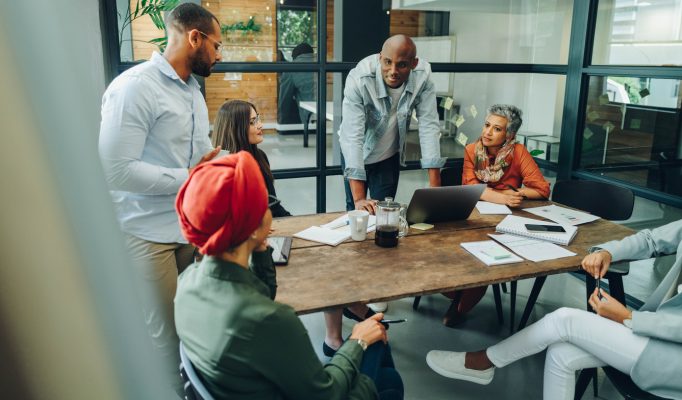
Coherence
Cities’ development should be based on new strategies that are dynamic, evolving, and well-adjusted to the context the city function in. There is a need for regional vision setting, integrated planning, aligned governance, and evidence-based solutions are rising, aimed at achieving effective, collective impact on their communities. The key that ties them together is coherence.
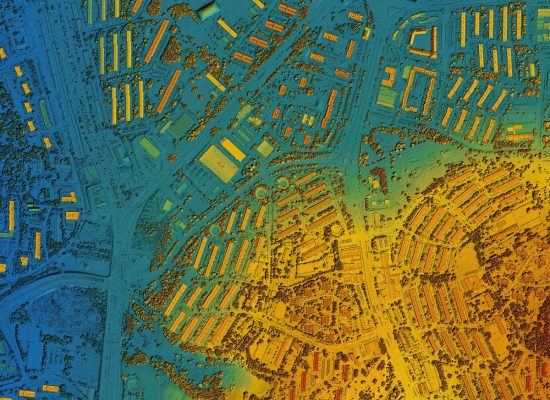
Circularity
Cities have metabolisms: energy, information, and materials flow through them. We need to integrate the metabolism of cities into cycles, the same way nature does. There won’t be enough water, food, or natural resources for all of us unless we shift from a linear system—where we use resources to make things and then discard them—to circular systems based on recycling.

Resilience
Cities need to have the ability to adapt and raise from crisis, difficulties, and stress. On the climate side, resilience begins with greener buildings, adding trees, parks, and gardens to use nature to cool our cities, absorbing storm water and our tensions. On the cognitive side, our cities need refuges from the onslaught of stress and trauma our residents endure. Resilient strategies increase cities physical and cognitive ecologies’ capacity to adapt to change, and to heal under stress.
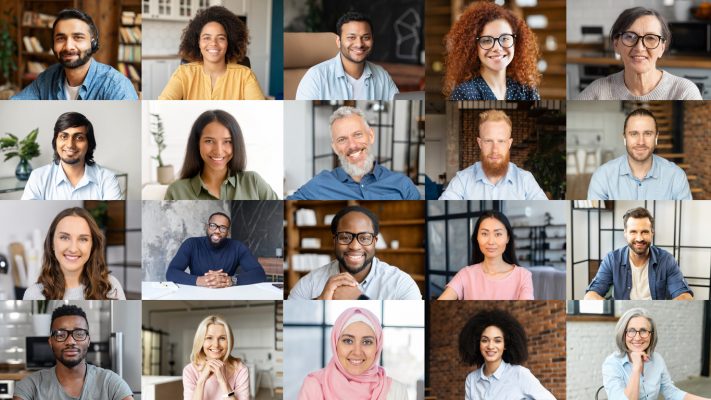
Community
The neighborhoods in which we live have an outsized effect on the quality of our lives, and the future of our children. Neighborhoods that integrate a range of safe affordable housing, excellent cradle-to-grave education and health care, transportation options, parks and open spaces, and access to jobs enhance their residents’ well-being. Add in vibrant social networks, and a commitment to equality, and all of our neighborhoods can become communities of opportunity.
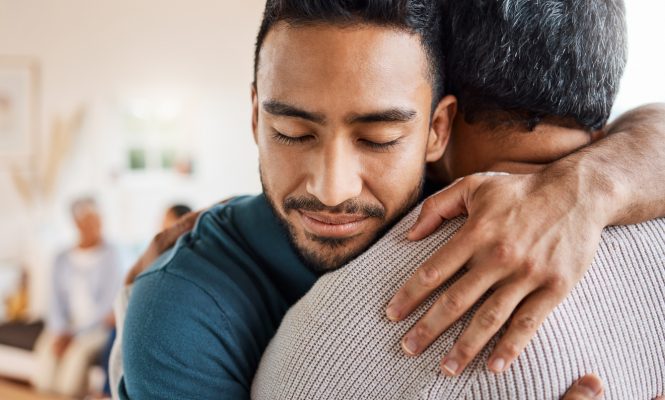
Compassion
When individuals try to maximize their own benefits, systems collapse. When individuals are committed to optimizing their communities, they thrive. This requires a worldview that understands that all of life is part of an interdependent system, and only when we infuse that system with compassion for all of life will it progress through the megatrends. We cannot succeed alone. Our neighborhoods, cities, regions, and nations must all recognize that we are all in this together. Altruism is our greatest defense.
The role of non-governmental organizations
From the five characteristics listed above, the last two – Community and Compassion – seem to be those that are the most relevant for us as NGO activists who work with adult learners and who are devoted to creating more inclusive, open urban realities. It is not possible to create a sustainable city that is space for its inhabitants without creating a sense of unity, and without having a common goal that is indeed based on compassion.
When it comes to community building, our role is crucial – by organizing activities for adults at risk, we should always try to include and involve them as much as possible. If our goal is empowerment, then our obligation is to create a safe space where people are heard, encouraged to share their opinions, and supported to fully discover and use their potential, implement their ideas, and finally become change makers who have positive impact on the live of the whole community.
Concerning compassion, the key element is to fully acknowledge the fact that the city is more than just a sum of its buildings and inhabitants. People who live in the city, all its institutions, infrastructure, and the architecture are all interdependent elements. That is why when working with adults at risk of exclusion and organizing projects aimed at improving urban spaces, one always must see the bigger picture and be fully aware that whatever activities we do, they should not only serve our beneficiaries or our organizations. For our projects and initiatives to be fully successful, we always need to operate within our local context, taking into consideration specific realities, challenges, and resources to find solutions that are in harmony with our city, and that are designed to make it a better place.
That is why it is of crucial importance to be open to cooperation: with our beneficiaries, with other NGOs, with cultural and educational institutions, and with public authorities. Without networking and joining forces it is nearly impossible to introduce a lasting, sustainable change.
The three remaining characteristics – coherence, circularity, and resilience – on the first glance seem like something that should be taken care of by public institutions and authorities. This is partially true – public bodies of course have more resources and capacities to address issues such as strategic planning, resource management, or solutions developed as an answer to the climate crisis. However, our voice matters too, and it is our role to advocate for changes, to work closely with authorities, to keep them accountable and to monitor their work. This is also something that we should be encouraging our beneficiaries – adult learners at risk of exclusion – to do as well. They have a right to live in sustainable, open, and inclusive cities, with access to jobs, culture, education, and natural resources. It is our role to support them in the process, to encourage them to speak up, and when they do – to amplify their voices.
The role of public authorities on a local level
As already mentioned, the role of authorities, especially on a local level, is crucial when it comes to improving living conditions in our cities. That is why it is important not only to work closely with them, but also to understand what their roles and responsibilities are.
It is essential that each municipality and city draft and approve the Municipal Urban Action Plan (hereinafter MUAP) – a local strategic document that describes the lines of action of the municipality, with the aim of incorporating the objectives established by the 2030 Agenda. The document helps establish the municipal lines of action and future priorities regarding works and services to be carried out in the city in accordance with the Sustainable Development Goals (hereinafter SDGs) established in the 2030 Agenda at the global level. The process of carrying out the PUAM is, in itself, a very useful tool to adequately guide said plans, programs and projects while directly involving the different relevant actors from both the municipality and others (administrations) directly from the design phase. This is so because carrying out the MUAP supposes a process of direct communication with the different agents involved in local development and the communication of the Plan itself can generate positive effects for the objectives pursued by presenting the different actions as integral parts of a coordinated strategy, coherent, planned over time and economically viable.
Local municipality that understands challenges that cities in growingly diverse Europe are facing, is a crucial factor that can lead to creation of more inclusive, open urban spaces.

Bring the city back to the people
A common mistake and source of difficulties when working with adults in urban setting, is to assume that we – the NGO workers, activists, or representatives of municipalities – know what is best for our beneficiaries. We have great ideas, ambitious plans, and a lot of energy but yet our projects are not entirely successful, especially when it comes to achieving sustainable, long-lasting impact on our beneficiaries, that is adult learners at risk of social exclusion. There are of course many, often complex reasons for this situation, but in this guidebook, we would like to underline one: the lack of people’s ownership when it comes to urban projects. Chances of success and brining a lasting change are higher, when people feel it is done by themselves, not only for them. However, unfortunately in many cities the challenge is that people acknowledge they are residents, but they do not feel like the city belongs to them. It is especially visible among migrants who arrived recently and who do not feel like they have a voice or a power to change anything, because despite living there, the city is not really theirs.
Our role is to include and involve people, so that they develop a sense of belonging and ownership, so that they finally feel that their voice matter, and that they, too, can propose an idea, develop a new concept, or implement a change.
Further on in this publication, you will have a chance to explore different, practical methods for helping your beneficiaries reclaim their city.
Good practices
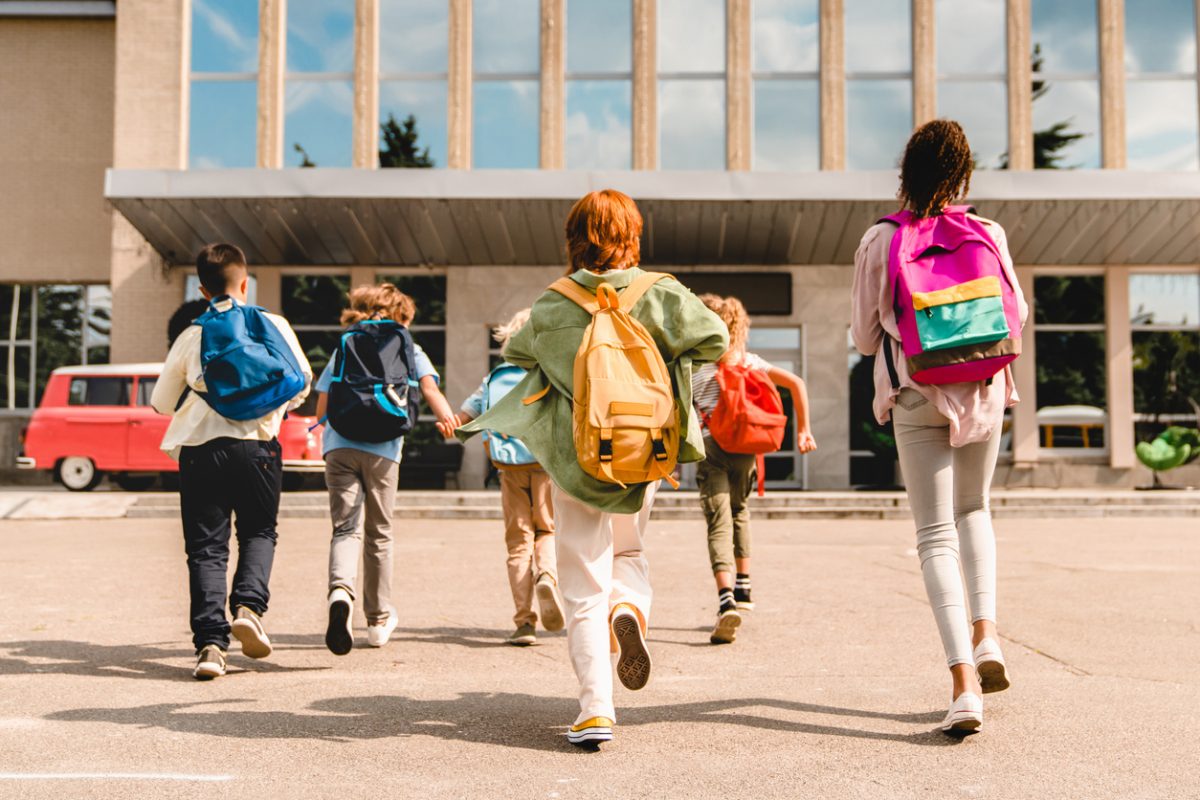
Good practice 1:
Gender actions in Mislata- Towards gender equality in urban space
In the previous sections we have underlined the importance of creating a safe space that is open to all residents, regardless of their background. We also talked about the important role of local authorities who can make the city better. To get an idea how this could be done in practice, below you can find a description of initiatives and activities aiming at fostering gender equality that were successfully introduced by the local municipality in Mislata, Spain.
Since 2018, Mislata has had the Mislata Town Hall Internal Equality Plan and the Mislata Citizenship Equality Plan, which is why, due to the mainstreaming of gender the actions presented to this call have been developed in a coordinated and joint manner between the following municipal departments: Urban Planning, Mobility, Citizen Participation, Technology and Innovation, Education, Culture, Childhood, Traffic, Accessibility, Public Lighting, Municipal Services and Maintenance of Buildings, Security, Social Services and Equality Policies.
Women in Mislata account for more than 51% of the population, if to this figure we add the fact that it is mostly women, between 60 and 70%, who make use of the services provided by Social Services, we can indicate that the fact that public spaces and facilities are improved in this area directly results in an improvement in their attention, since they are the main managers of aid and social benefits, not only on a personal level, because as women they are more vulnerable to poverty and precarious income, but also at the family level because they manage these benefits and aid on behalf of the family.
Many of the social aids and benefits affect the reproductive and care spheres that are still assumed by women, such as: scholarships for canteens and nursery schools, aid for single-parent families, baby checks, etc.
